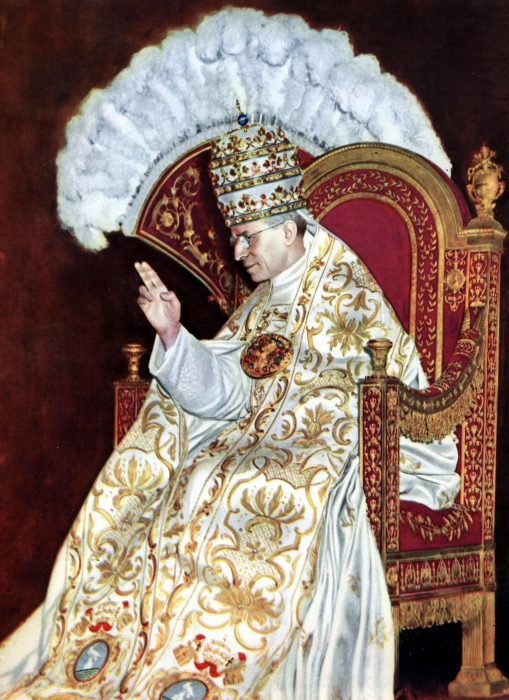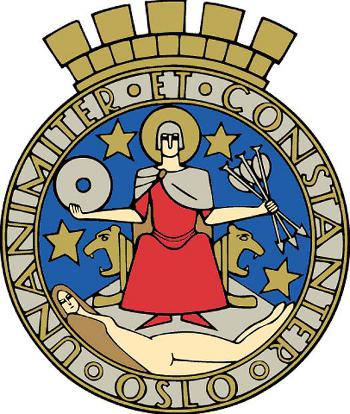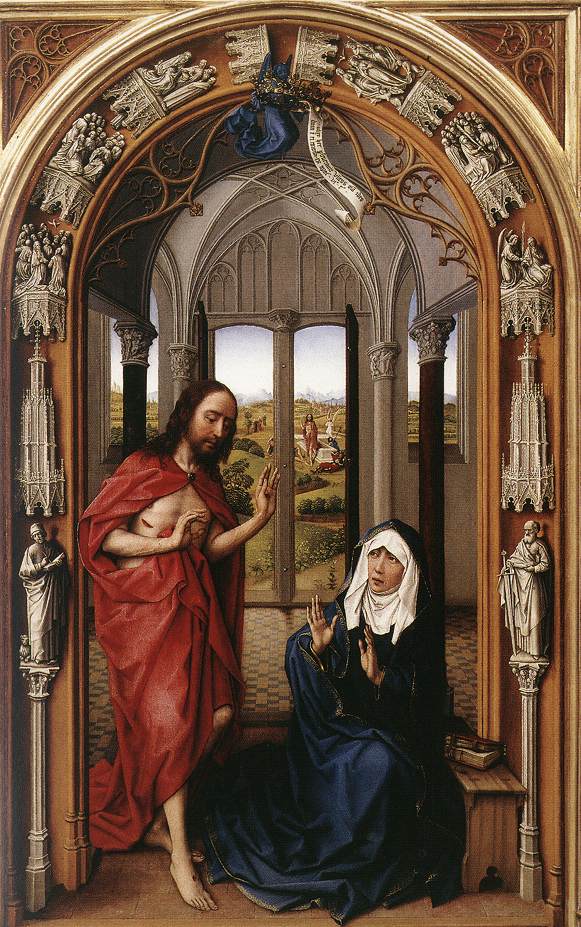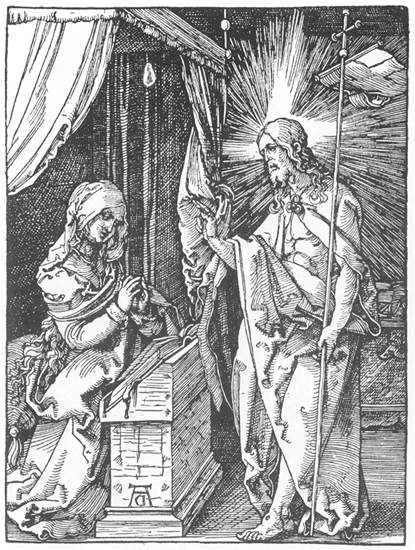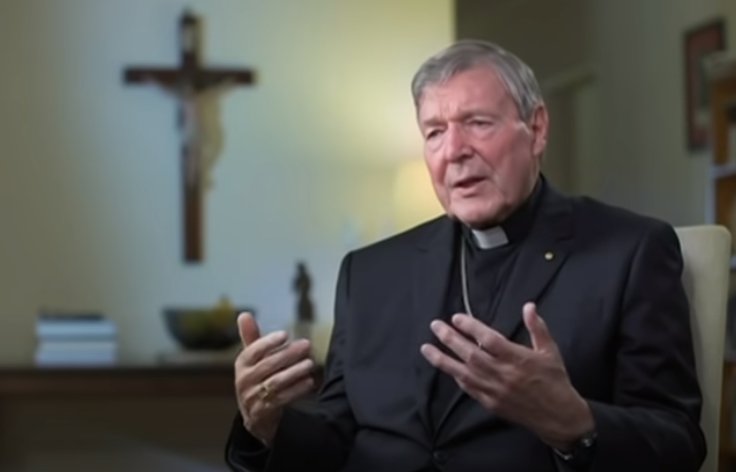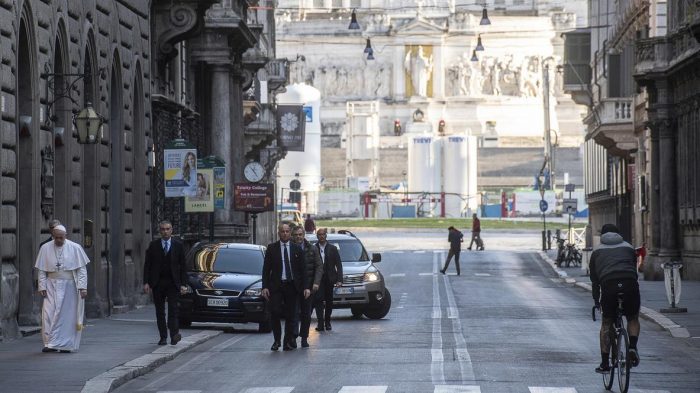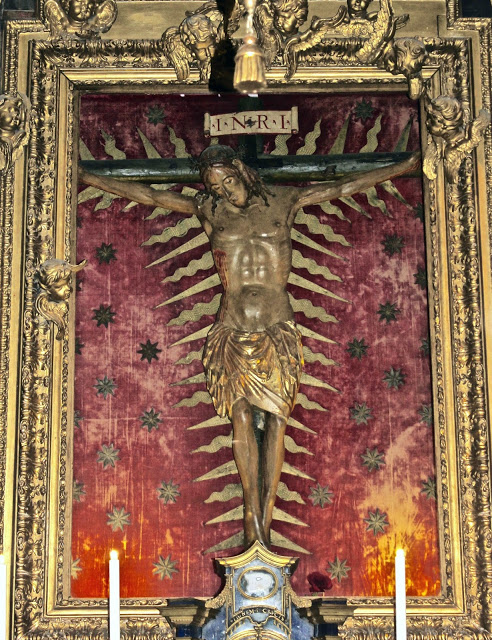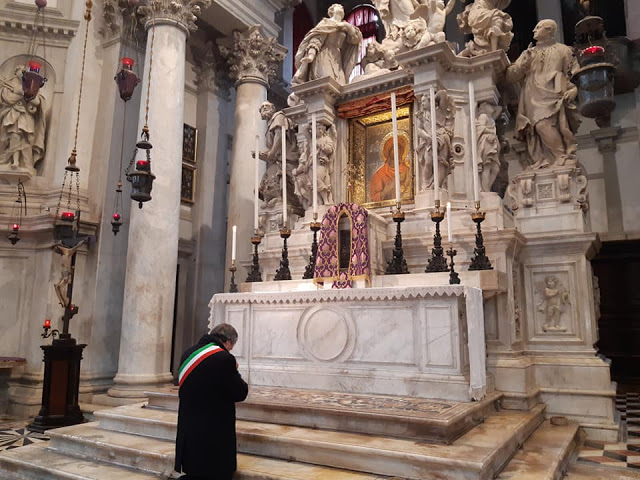Ny bok om Sankt Hallvard
Ole Rikard Høisæther fikk tidligere i år utgitt på Orfeus forlag ei ny bok om St. Hallvard. Ei bok som noen steder beskrives slik:
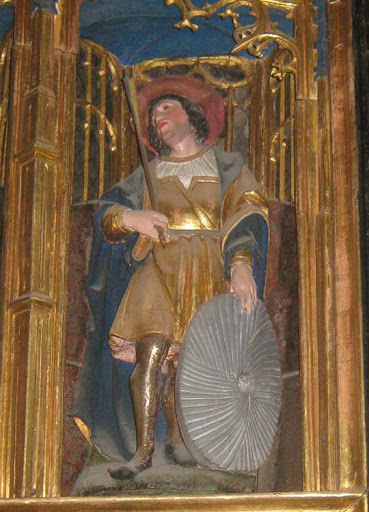
Sankt Hallvard ble utpekt til Oslo bys skytshelgen i 1053 og med det også ledd i et maktspill hvor kong Harald Hardråde ønsket å styrke byen og egen posisjon mot dansk innflytelse. Samtidig markerer han egen kongemakt og Oslos økende betydning mot det maktsentrum som lå i Nidaros. De hadde sin Sankt Olav, nå hadde Oslo fått sin Sankt Hallvard. Dette er historien om en ung martyr som hjalp en kvinne i nød og om hvordan han ble til helgen og et symbol. Ole Rikard Høisæther har ført i pennen denne fantastiske fortellingen om et kjent helgenbilde.
Jeg leste selv nylig boka og fant den nyttig og interessant på mange måter; spesielt syntes jeg det rike billedmaterialet var interessant og også informasjon om kirker som var viet til St. Hallvard og bilder der han var avbildet. Den nye bruken av St. Hallvard i Oslo de siste ca. 150 år er også godt dokumentert. Bildet øverst i denne posten viser Kristianias (Oslos) byvåpen fra 1892, som i 1924 ble forandret til det byen har i dag. Bildene til høyre viser St. Hallvard i Ringsaker kirke og på vestfasaden til Nidarosdomen.
Her er starten av boka forord:
Hallvard Vebjørnsson ble født på gården Huseby i Lier utenfor Drammen i 1020. Han ble helgenkåret på grunn av undrene som fulgte etter hans død. Han ble drept på Lierstranda 23 år gammel av pilskudd under flukt med en gravid kvinne som han beskyttet mot forfølgere. Han etterfulgte Olav den Hellige og Sankta Sunniva som de første helgener i et Norge som ble kristnet på 1000-tallet. Alle var rangspersoner fra kongefamilier eller i nærmeste slekt. Sankt Hallvards helligkåring og tilknytning til Oslo hadde også en politisk motivering gjennom kong Haralds ønske om å styrke Oslo og Vikens selvstendighet i forhold til danskene.
Kildematerialet om Hallvards liv og helgendyrkelsen av ham gjennom fire hundre år før reformasjonen (og etter) er både billedlig og bokstavelig talt fragmentert. To av fire hovedkilder er skrevet på pergament som senere er blitt klippet opp til bokbind, såkalte permfyllinger. Det ene fragmentet befinner seg i det norske Riksarkivet, det andre i det svenske. I motsetning til Olav Haraldsson som ble helligkåret som den første i Norge, var det ingen skalder som fulgte i Hallvards følge og kunne levere beretninger for ettertiden. Snorre behandler Hallvard kun i kortversjon. På tross av dette kan man følge Hallvard gjennom hele middelalderen i spredte tekster og beskjedent, men viktig billedmateriale.
Sankt Hallvard ble etter århundrer i glemsel trukket frem igjen på 1800-tallet som symbol på det han hadde vært siden 1100-tallet, Oslos vernehelgen. De gamle, kjente versjoner av byens segl ble lagt til grunn for et nytt kjennemerke, eller byvåpen om man vil, for Norges nye hovedstad. På 1900-tallet ble Sankt Hallvard-navnet benyttet til en rekke nye formål som navn på tidsskrift, speidergrupper, skoler og virksomheter i Drammens-området og i religiøs sammenheng både i den katolske og ortodokse kirke.
Der hvor Sankt Hallvard i vår tid ikke er satt i direkte religiøs sammenheng som helgen, er det hans fromhet, barmhjertighet og rettferdighetssans som fremheves. Han er og blir den barmhjertige samaritan blant de norske helgenskikkelsene. …
Boka er på ca. 240 sider og har følgende kapitler:
I – NORGE BLIR NORGE – s 35
II – STORGÅRD I TUSEN ÅR – s 61
III HALLVARD VEBJØRNSSON – s 85
IV – LEGENDEN OG KILDENE – s 103
V – KORSET OG KORONEN – s 127
VI – HELGENFREMSTILLINGENE – s 159
VII – HELGEN SOM PROFANT SYMBOL – s 189
Bildene under viser St. Hallvard i Vang stavkirke, kummelokkene i Oslo (utformet av Thomas Thiss-Evensen i 2004) og teppet som henger bak ordføreren i bystyresalen i Oslo. (Klikk på bildene for å se større utgaver.)


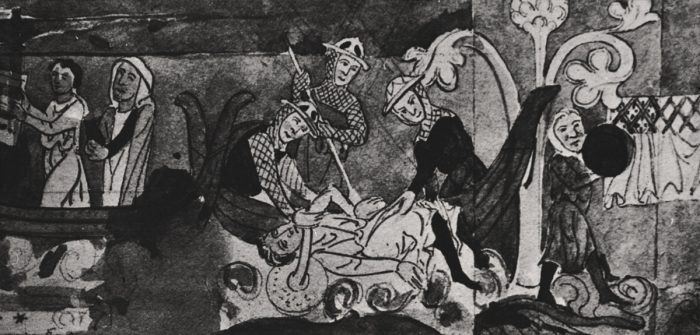



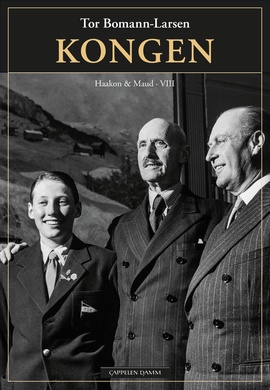 Etter 20 års sammenhengende innsats er biograf Tor Bomann-Larsen nå ute med åttende og siste bind i sitt monumentale kongebiografi-verk «Haakon og Maud».
Etter 20 års sammenhengende innsats er biograf Tor Bomann-Larsen nå ute med åttende og siste bind i sitt monumentale kongebiografi-verk «Haakon og Maud».

